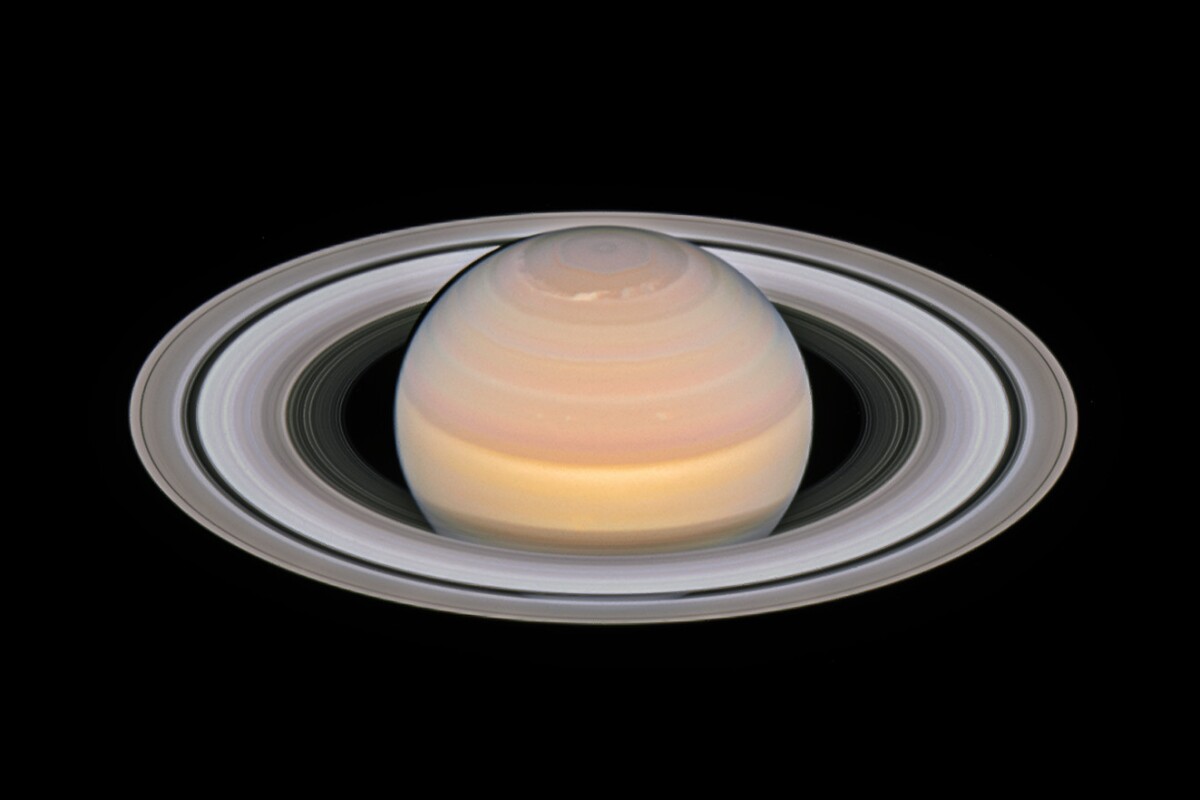Jupiter has long held the honor of the planet in the solar system with the most moons – or at least, that’s what we thought. Now its smaller sibling Saturn has stolen the crown, as astronomers have discovered no less than 20 new moons around the ringed planet. That brings its total to 82, three more than Jupiter.
The new moons were discovered by a team of scientists from Carnegie Science, University of California Los Angeles (UCLA) and the University of Hawaii, using the Subaru Telescope on Hawaii. The announcement was officially made by the International Astronomical Union’s Minor Planet Center.
All of these moons are around 5 km (3 mi) wide, and one of them is the most distant moon circling Saturn. Like most of Saturn’s moons, 17 of the 20 newly discovered rocks orbit in a retrograde direction, meaning they move in the opposite direction to the spin of the planet. The three remaining moons move with the planet, in a prograde direction.
Two of the prograde moons are relatively close to the planet, completing an elliptical orbit every two Earth years or so, while the rest of the pack are further out, taking over three years. They all seem to fit fairly neatly into the groups of previously-known Saturnian moons, which could give some clues as to their origins.

The new retrograde moons, for instance, all orbit at similar inclinations to the known retrograde moons in what’s called the Norse group. Two of the new prograde moons fit into the Inuit group, outer moons with inclinations of around 46 degrees. This suggests that these new moons may share a common origin with the others in their groups, most likely being fragments of a larger moon that broke apart long ago.
The third prograde moon is a bit more of an oddball. Its inclination is near 36 degrees, making it similar to a group of inner, prograde moons called the Gallic group. That said, it’s much further out from the planet than the rest of the group, meaning it might not belong with the others – or maybe it was just dragged outwards over time.
The team says that the orbits of these new moons make it possible to narrow down a window for when they formed. They can’t have formed too early in the planet’s life cycle – if so, a large disk of dust and gas would have slowed them down to the point where they crash into the planet.
“In the solar system’s youth, the Sun was surrounded by a rotating disk of gas and dust from which the planets were born,” says Scott Sheppard, lead researcher on the study. “It is believed that a similar gas-and-dust disk surrounded Saturn during its formation. The fact that these newly discovered moons were able to continue orbiting Saturn after their parent moons broke apart indicates that these collisions occurred after the planet-formation process was mostly complete and the disks were no longer a factor.”
Like they did last year with a batch of 12 new moons of Jupiter, the researchers are now hosting a public competition to name the new Saturnian moons. The catch is they need to be named after giants from Norse, Gallic or Inuit mythology, depending on which group they’re from.
Source: Carnegie Science





